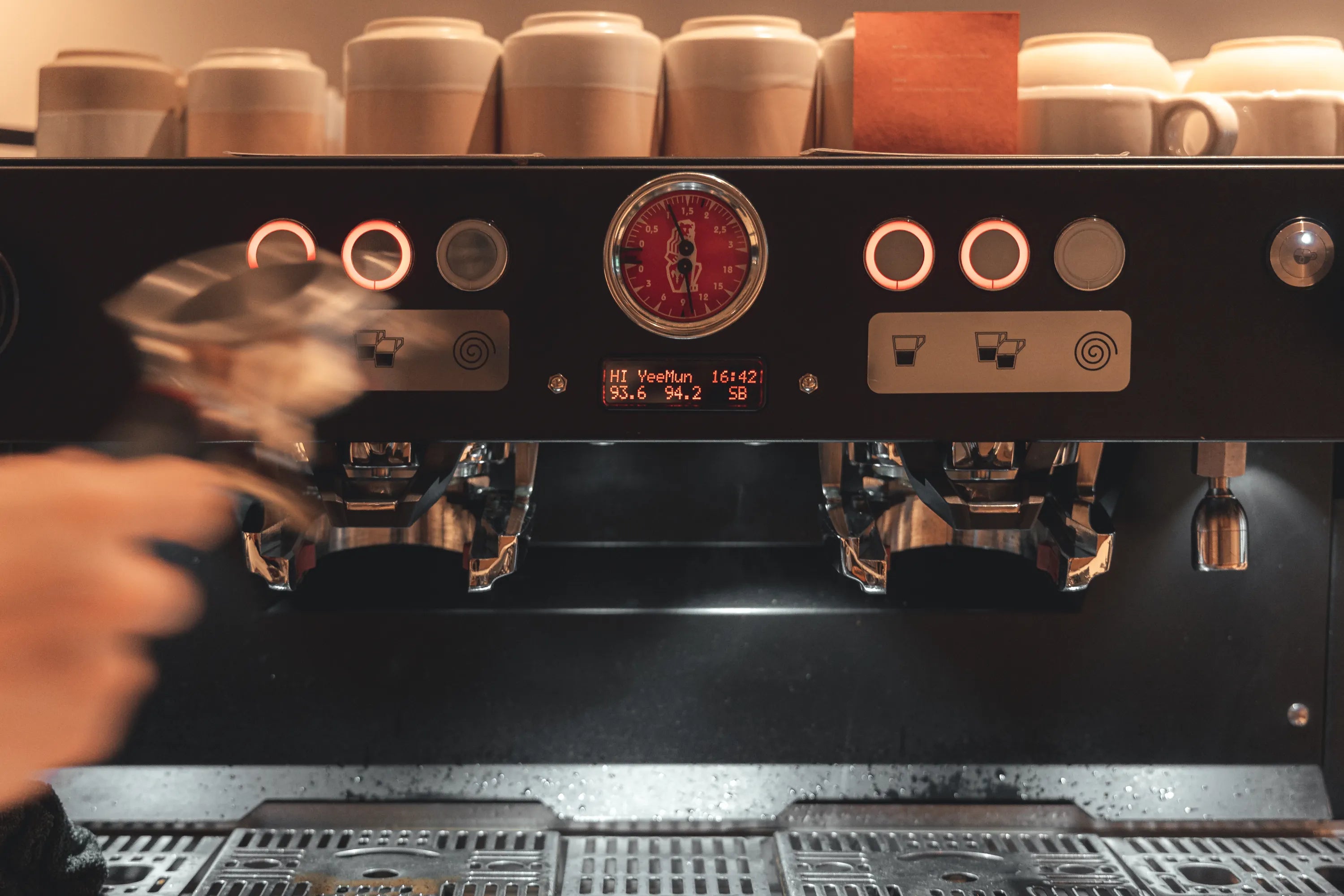Just as there is a population of home brewers who are passionate about pour-overs, there are also many that love coffees in the form of espressos. To ensure consistently great shots of coffee, it helps to also have a framework to approach coffee extraction in espresso.
Calibrating espresso is often a little more complex, as small changes in espresso cause big differences in the output. It can be said that when changing extraction parameters with espresso, the outcomes are a condensed version of making similar changes with pour-overs. While the parameters that are changed are pretty much the same parameters as those used in pour-overs, the approach to calibration is vastly different. It is thus often difficult to tell what changes will produce the desired results when the general espresso has a highly compact and overlapping flavour profile.
Extraction parameters and calibration
With espresso coffee extraction, the extraction parameters that we often discuss are that of the grind size, the coffee input dose, water temperature and output yield.
Unlike coffee brewing, we do not think of calibrating espresso in primary and secondary parameters, but rather a methodical approach to adjusting extraction parameters, with the objective of achieving the fine balance between all parameters in order to produce a coffee extraction that checks all the boxes.
Before we begin with calibration, it is important to note that the intense taste profile of an espresso meshes together the many portions of the taste profile right from its extraction, making it difficult to separate the elements that constitute a successful espresso. As a result, there often can be many different calibrations that can produce a well extracted espresso, and understanding one’s preferences is as important as understanding the theory behind calibration of espresso extraction parameters.
It is recommended to first start the calibration with an input coffee dose that matches its respective coffee basket size. Extract the coffee with a temperature and ratio as recommended by the coffee roaster – otherwise, keep to a default 1:2 ratio of coffee to output, with the machine default temperature.
We then begin adjusting our grind size marginally until the coffee has achieved the right strength, viscosity and texture.
Here, strength represents the desired intensity of the coffee, while viscosity represents the mouthfeel of the coffee, where we look for an espresso with a good weight in the mouth – neither too watery nor too compact. Texture is all about the smoothness, where gritty, rough textures are signs of non-ideal calibration.
If changing grind size alone is unable to achieve your desired outcome, it may likely be due to coffee age, or the extent of development of the roast (unusually light or dark). One can change the dose marginally (±0.5g) to adjust intensity or roughness in the flavour profile.
At such a point where the extraction parameters yield a relatively acceptable espresso, we can then adjust the temperature and output volume in small increments to achieve a balanced espresso with the desired intensity, and a taste progression that is evenly spread out over the course of the entire profile.
In addition to the step-based calibration, it may often be the case that no matter what changes are being made at a certain point, the coffee may not be able to taste good. At this point, which can happen at any point in the calibration process, it might be helpful to revisit the initial dose and output parameters, and begin again with adjustment of the grind size.
Espresso Consistency
Espressos are what enable a café to serve a large volume of coffees in a limited time frame. During service, the general assumption that cafés make is to correlate brewing time and output with consistency: a coffee that is of a fixed dose that brews in the same extraction time producing a similar output volume will be of a relatively consistent taste as that the previous extracted with the exact same settings. For most, this becomes the common benchmark to assess if an espresso is consistent with the barista’s expectations, without actually having to taste the coffee.
However, as it often is with espressos, the calibration may need to change even across the span of a single day of service, as the temperature and humidity in the environment changes. One may find that the extraction time runs awry, and the output yield is achieved with a much shorter or longer extraction time.
For the barista, it is important to keep track of any changes to the espresso calibration over the day, as well as taste the espresso periodically to ensure the quality of the coffees served to customers. At home, one can do the same with coffees as they age over the few weeks it may take to complete a bag of coffee.
Calibrating espresso is an extremely fun process, and it is really enjoyable to be able to see an almost instantaneous impact of one’s brewing adjustments in the final cup of espresso.
Yet, calibrating for a good espresso is not the end of the journey for a barista. Equally important, and often overlooked, is also being able to ensure that the taste of the coffee comes through the milk format in a white coffee before we can call this calibration process ‘complete’.
The secret to a good cup of white coffee lies ahead in the next journal, where more will be written about the key tenets to milk calibration.
Journal Archive

Milk in World Barista Competitions
An overview of milk concentration methods in coffee competition, focusing on freezing techniques that enhance milk's qualities for great coffee beverages.

How Coffee Cup Colours Affect Your Drinking Experience
Cross-modal perception of colours on the taste of coffee
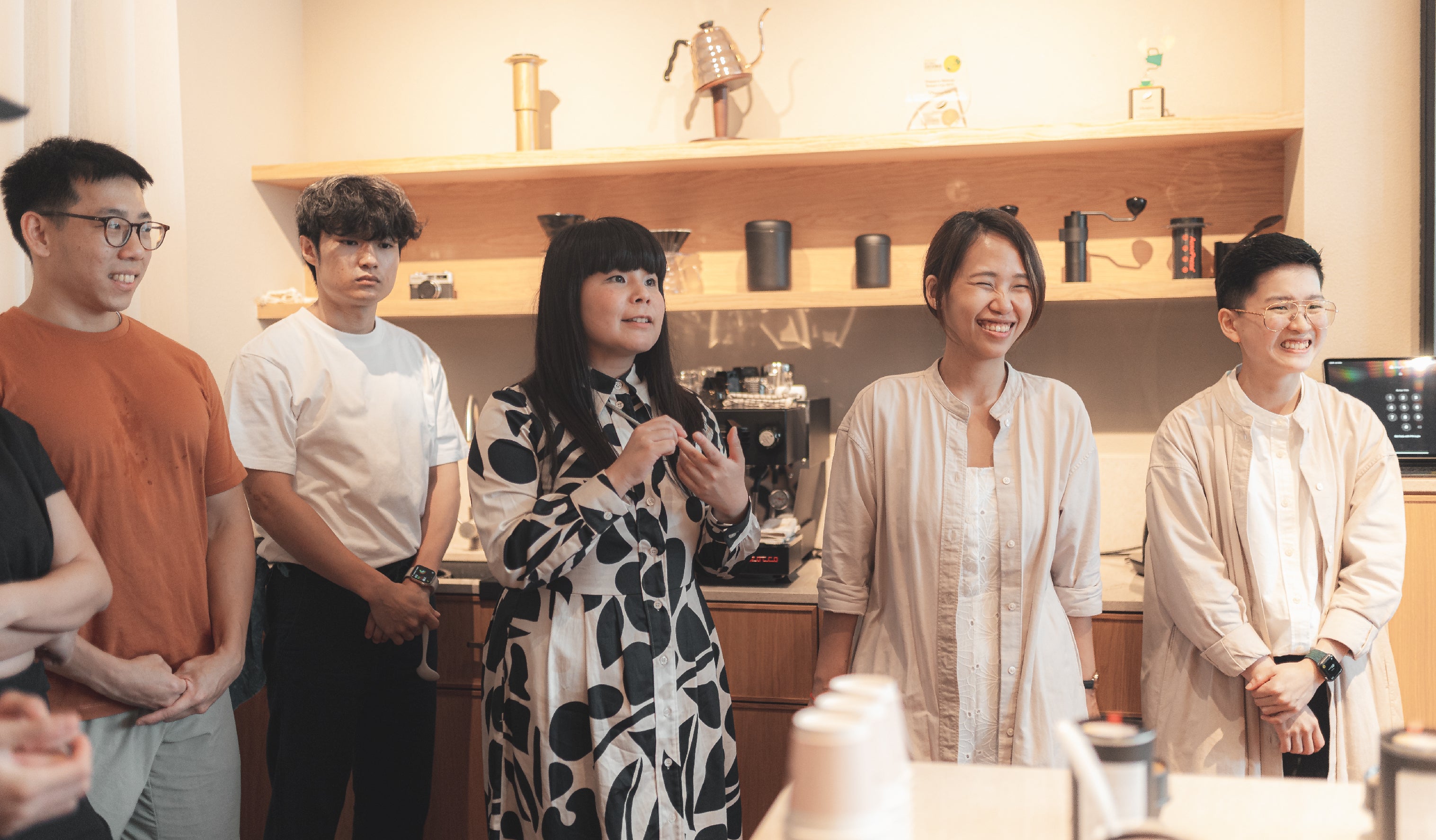
Learning to enjoy more
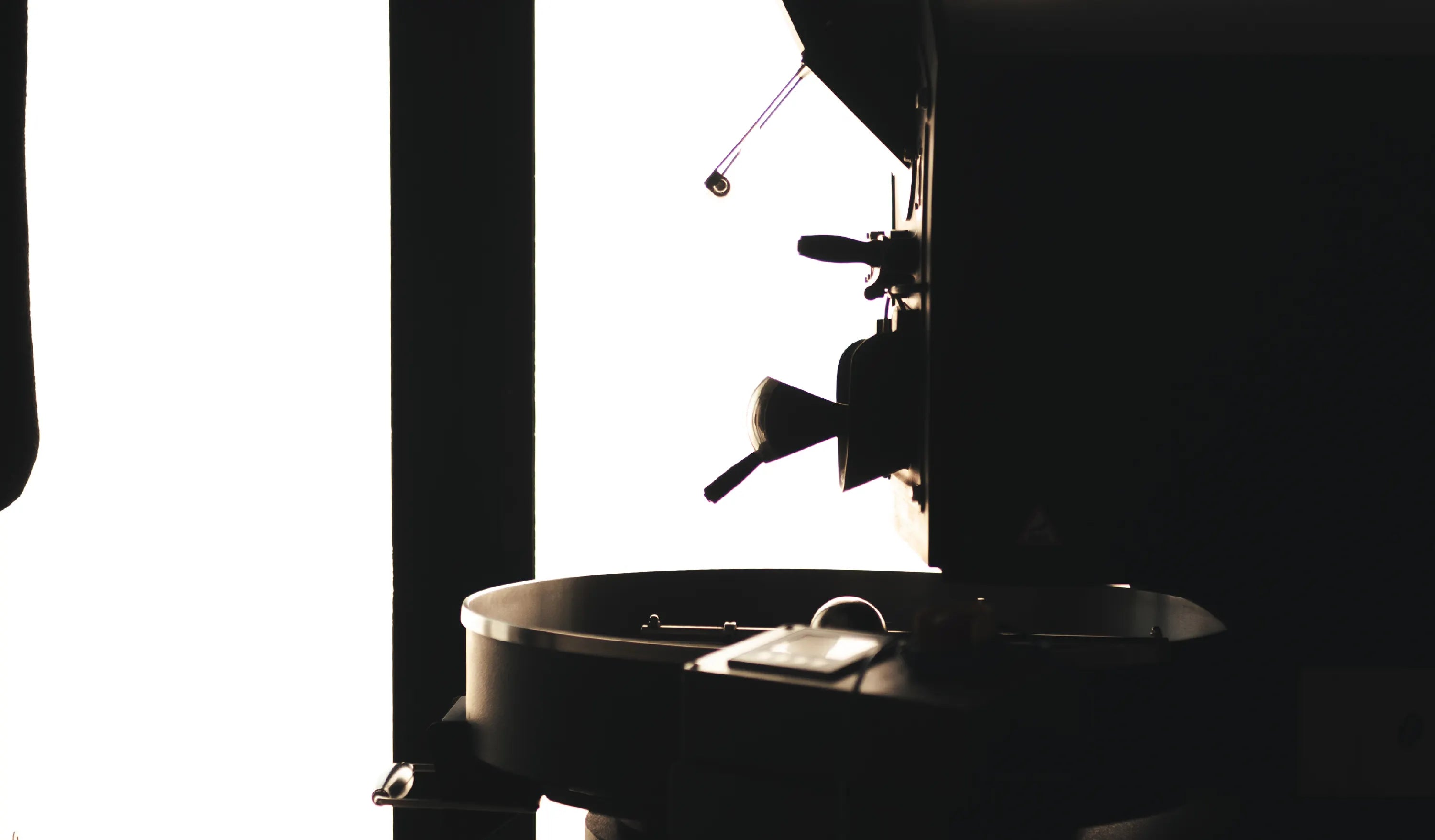
Same Coffees Everywhere, All at Once
Why do local specialty coffee shops serve the same coffees?
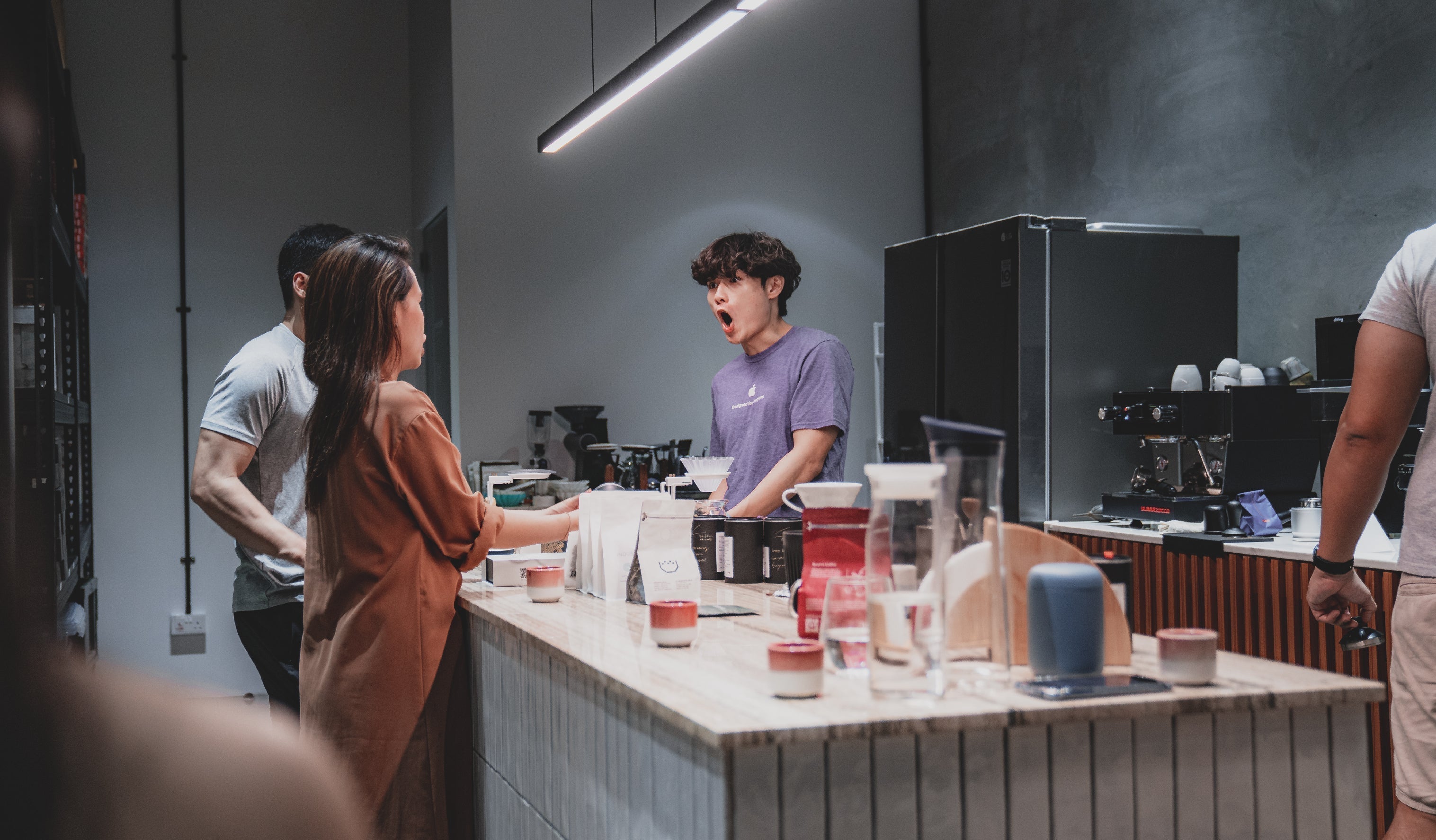
A study of unexpected coffee production nations
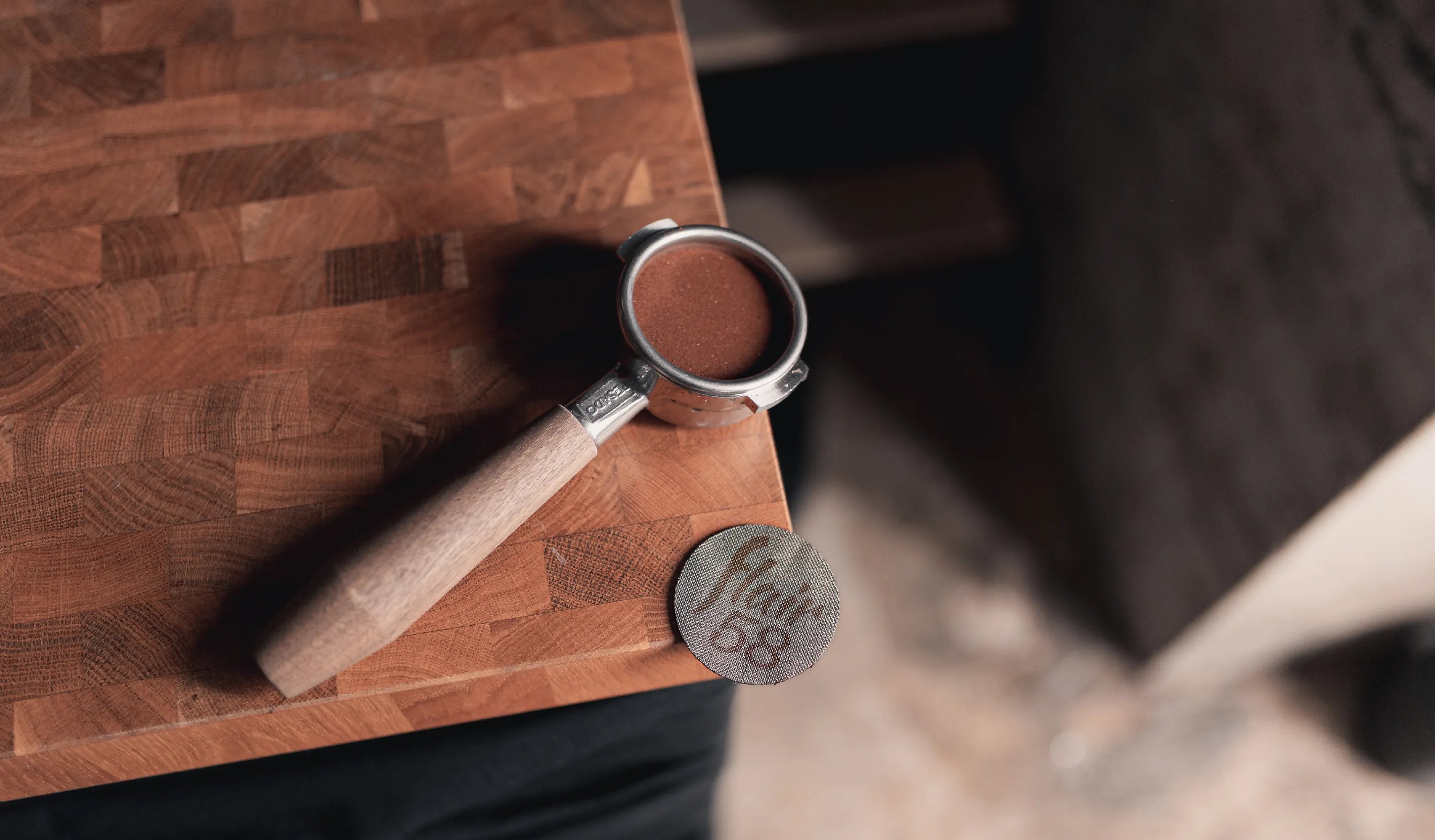
A low down on using puck screens for espresso machines


